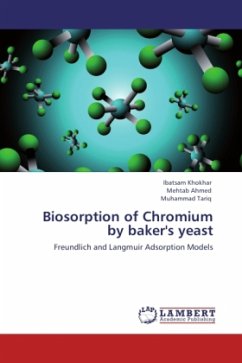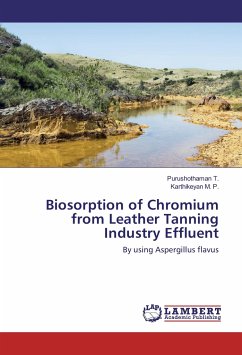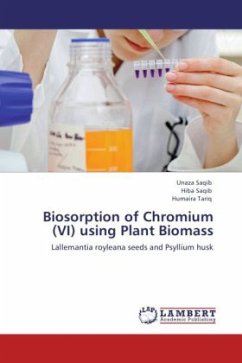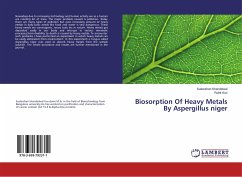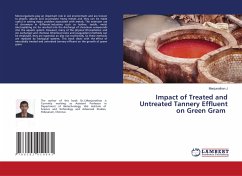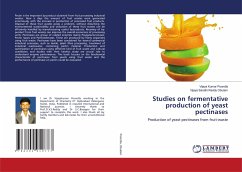Discharge of heavy metals from metal processing industries is known to have unfavorable effects on the environment. Conventional treatment technologies for removal of heavy metals from aqueous solution are not economical and generate huge quantity of toxic chemical sludge. Biosorption of heavy metals is an innovative and alternative technology for removal of these pollutants from aqueous solution. The study was aimed to quantify the Cr (VI) sorption ability of Baker s yeast at the best operating conditions. The optimum pH for biosorption of Cr (VI) ions was found to be 3.0. The percentage removal Cr (VI) ions from solution was decreased with increase in concentration from 10 to 50 mg/L whereas, uptake capacity was increased with increase in concentration of Cr (VI) ions from 10 to 50 mg/L. The percentage removal and biosorption capacity increased with increases time from 3-24 hrs then become constant. Uptake capacity q (mg/g) of Cr (VI) ions decreased with increased biosorbent dose. Higher value of correlation coefficient (R2 0.90) indicates that adsorption data are best fitted in both Freundlich and Langmuir isotherms model.

